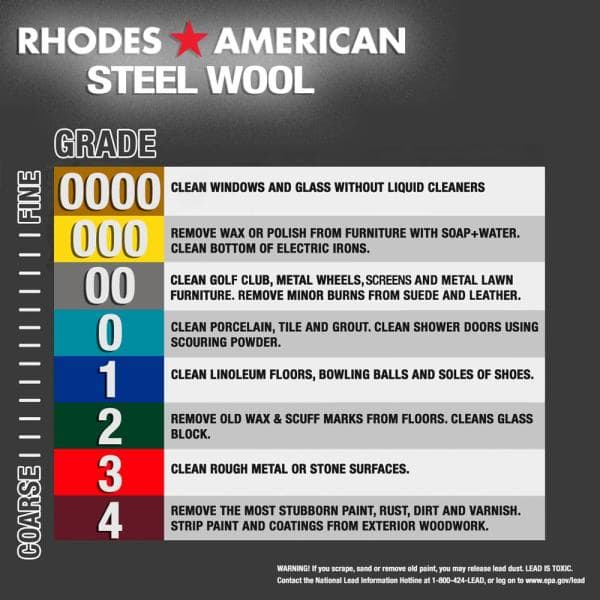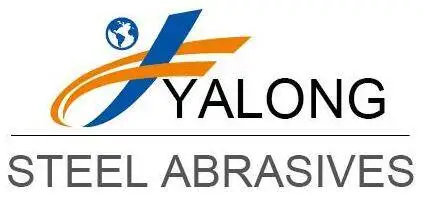What Grit is a Steel?
What Grit is a Steel?

steel grit is a hard angular blasting media used in abrasive blasting processes. It is used in the removal of medium to heavy metals and coatings. It is also known as an abrasive shot. In addition to being abrasive, steel grit also prevents rusting and corrosion. It is commonly available in grades A, B, and C.
The most common steel grit is G25, which is used for manual air-blasting. It is produced by quenching cold water while red hot. When it reaches the surface, the metal is much harder, creating a harder grit. It is also softer than Aluminum Oxide Grit, which breaks more easily and causes more abrasion. But, it will lose sharp edges if shot-blasted, which makes it best for surface preparation and descaling.
There are many types of steel grit. Most steel grit is circular and is angular in shape. This makes it an excellent choice for cleaning industrial surfaces and creating blast profiles for new coatings. Typical grit sizes range from G25 to G80, though they can also be made in other shapes. They are all very hard abrasives and are used in various applications. However, the abrasive quality of steel varies widely, so it is essential to check the specifications of steel abrasives before purchasing any.
What Grit is steel? has a number of different uses. It is used for abrasive blasting. Since steel grit is angular, it abrades materials very effectively. It is usually used in abrasive blasting, which is a process in which a substance is projected at high velocities. The grit is most often used for de-oxidizing surfaces to improve coating adhesion.
Grit is the abrasive substance used in abrasive blasting. The particles are jagged, but they can abrade materials very well. Its main use is abrasive blasting. Among other applications, it is used in removing oxide layers and improving coating adhesion. It is available in different sizes and is shaped like a steel shot. There are several different types of grit.
What Grit is steel? is a type of metallic grit that is angular in shape and can be used in abrasive blasting. Among other uses, this substance is used to remove contaminants and enhance the adhesion of a coating. These particles can be screened to meet the SAE or SFS specifications, so they can be used as abrasive blasting media.
Steel grit is a common metallic abrasive. It is jagged and angular, and it can etch and erode surfaces very well. It is commonly used in abrasive blasting, which involves projecting a substance at high velocity. It is used for abrasive blasting in the metal industry, primarily to remove oxide layers and to improve the adhesion of coatings.
Steel grit is a common metallic abrasive. Its angular shape makes it ideal for removing contaminants and creating blast profiles for new coatings. It is also a form of abrasive. It is used for manual air-blasting. The grit is used for etching and preparing surfaces. It can be reusable in the abrasive blasting process.
Grit is a type of abrasive that can be recycled several times. It can be used for sandblasting as well as for other applications. The abrasive particles from shot blasting can be reused several times. In addition, steel grit can be reused in many ways. It can be recovered using mechanical blast media recovery equipment. The other type of steel grit is called "steel shot." The metal grit is made from a steel-based alloy, but it is a similar composition to the grit.
Abrasive steel shot has many uses. Its hardness ranges from S110 to s330. It is typically made of small particles of steel. Its size can vary from spherical to angular. While they are used in various industries, they are essential for the repair of engines, tanks, and ships. They have four main functions. The first one is abrasive.
 Telephone :+86 157 6285 8378
Telephone :+86 157 6285 8378 WhatsApp :+86 157 6285 8378
WhatsApp :+86 157 6285 8378 Email :
Email :














